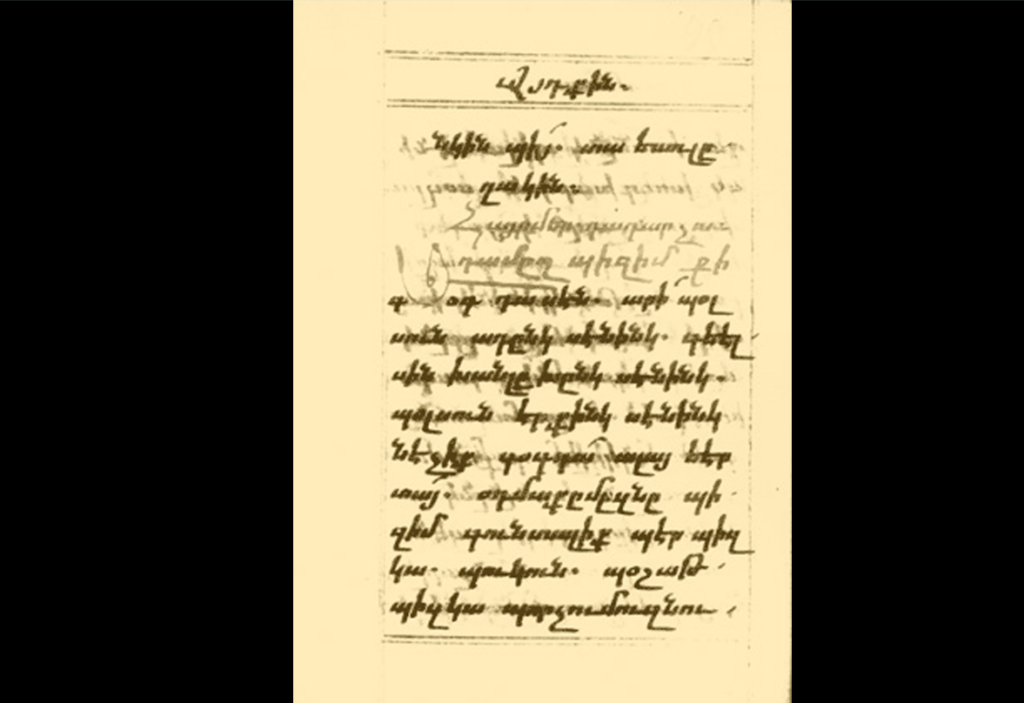In the history of the world, it has happened more than once that representatives of one nation suddenly took and switched to the speech of a completely different neighboring ethnic group.
One day, this happened to a part of the Armenians. Back in the Middle Ages, they took and together began to speak the ancient native Armenian in the Turkic Tatar language. More precisely, in the so-called Armenian-Kipchak. Now we will tell you about it in detail.
The Armenian-Kipchak language was formed around the XIII-XV centuries, when many immigrants from Bagratid Armenia, ravaged by the invasion of barbarians-Seljuks, settled in the southern Crimea. Especially from its capital, the destroyed great city of Ani.
In Crimea, some Armenians have preserved the ancient Armenian dialect of Ani. But some switched to the language of the local Kipchak Turks (Polovtsians), calling it «Khipchakh Tili» (Kipchak language) or simply «Bizim Til» (our language).
At that time, relatively light Kipchak was the language of interethnic communication on the peninsula — the local Greeks, Goths, Jews, Slavs, Genoese, Armenians, and the Polovtsians themselves communicated with each other without problems…
In addition to the presence of a large number of native Armenian loanwords in this language, the Armenians also transferred the characteristic phonetic features of their native speech here. For example, together the native Turkic K was replaced by X — it turned out to be Khar instead of the original Kar (snow).
And yes, the writing in Kipchak remained purely Armenian, the alphabet of St. Mesrop Mashtots. Khipchakh tili — խըփչախ դիլի… Or թաթարչա — tatarcha.

Christian prayers written in the Armenian-Kipchak language
At the same time, the Crimean Armenians, switching to the Kipchak language, did not forget their national roots at all. And, God forbid, they did not abandon their apostolic Christianity. They just became Armenians who speak Turkic.
Actually, the transition of the Crimean Armenians to the Kipchak language took place because the Kipchak pagans did not try to convert the Armenian people to their faith or make them forget about their origin.
The Armenians retained this amazing and unobtrusive Armenian-Kipchak language, even later moving to Poland. Here, large Armenian communities appeared in the Polish-Lithuanian Commonwealth, speaking Armenian-Kipchak. Books were published in this language, courts were conducted between local Armenians — the Torah Bitigi (book of laws) was published.
They even prayed on it — in 1616, Algysh Bitiki, a prayer book in Armenian-Kipchak, was published in Lviv.
Armenian-Kipchak fell out of use around the 18th century, when Polish Armenians switched to Polish and Russian. Today, Armenian-Kipchak is considered an extinct language and has been out of use for a long time. However, it remains an important part of the cultural heritage of Eastern European Armenians.
